Story and photos by Brandes Elitch
“Every automotive enthusiast the world over ought to go down on their knees at least once a year, preferably February 2, to give thanks for the birth of Andre Citroën…Citroën shows flashes of engineering genius so pure that you stop short and wonder why on earth car designers persist in doing things any other way.” – David Owen
This year Retromobile celebrated the centenary of the Automobiles Citroën. In this short space I can only highlight some of the history of the company and its products, but fortunately there is an enormous amount of material printed and on the web that you can find.
Let’s start with the man himself. André Citroën was born in 1878 and died too young in 1935. He was graduated from the foremost engineering school in France, the Ecole Polytechnique, in 1898. In 1904 he began producing a double helical gearset that he found while on a trip to Poland to visit family. In 1909 he acted as a consultant to auto manufacturer Mors, which initiated his work in automobile construction. He served as an engineering officer in the French Army in WWI. His unit was hit with artillery shells from German fire, and could not respond because…they lacked ammunition. He approached the French government and proposed that he build a factory to produce artillery shells. He got loans to build a factory on the Quai de Javel, near the Eiffel tower, and soon was turning out 35,000 shells a day. When the war was over, he was left with a large factory and a lot of employees, and in just four months, he turned to manufacturing his own car.
First was the 1919 Type A, Europe’s first mass produced car. In the first 2 weeks he took 16,000 orders and was soon producing 100 cars a day. It was the first low priced car to have electric lighting and a self starter as standard equipment. Next came the 1922 5 cv, which sold 81,000 units in five years, extraordinary at that time, but he priced it so that many people could afford it. His goal was to make car ownership affordable to every family in France, and in that he succeeded.
There were other cars in the prewar period, the B 14, C4, C6, 8,10, and 15 Rosalie, but the most famous was the Traction Avant. Most people would recognize the Traction Avant, which started production in 1934 and lasted until 1957. Citroën wanted a revolutionary design, and he got it, with a unit all steel body with streamlined chassis, front wheel drive, torsion bar suspension, and great drivability. He reached out to the Budd Company in Philadelphia to use their patents for the design.
One of the most interesting things about the company history is that while Citroën produced radical, original, advances in design, engineering, production, and marketing, his attitudes, ideas, and influence lived on after his death, through a series of successive takeovers and mergers. Partly this was due to the fortunate acquisition of the firm after bankruptcy in 1934, by its largest creditor, Michelin, and the fact that Michelin left existing management in place to continue what they were doing with no outside interference. This worked in part because Michelin was a creditor and not a competitor. Part of this was also due to Citroën ’s goal to design a model differently and in such a way that it would have a twenty-year lifespan (e.g. the Traction Avant, 2 CV, and DS).
Immediately after WWII, there was a big need for a small economical vehicle, and the 2CV was introduced (the prototypes were designed before WWII and hidden in haystacks so the Germans couldn’t find them). The design brief was for a car that could carry 2 farmers and a 50 kilogram sack of potatoes and a carton of eggs in the back seat that would survive after being driven over a plowed field! Ultimately, 5,114,961 units were delivered.
In 1955 the DS was introduced and it was a sensation, often called “The Car of the Century.” It had a hydropneumatic system to control the suspension, brakes, steering, gearchange, and height adjustment. It would take a whole column to properly describe the D. At the time, the French press said, “Une bombe automobile vient d’eclater.” At the debut at the Paris Auto show in 1955, by the end of the week 80,000 orders were taken! It has been called one of the most beautiful cars ever made. By the end of production, 1,455,746 units were sold. I bought mine in 1969 and still have it.
While still under Michelin control, the factory went on to produce the Ami 6 (1961-9), the Ami 8 (1969-78), the Mehari (1968-87), the iconic H Van (1948-81), the GS (1970-86), the M35 and GS Birotor (1969-75), and the CX (1974-91). After the Peugeot takeover in 1976, they still continued with innovative designs, such as the XM (1989-2001), Xantia (1993-2002), and C6 (2005-2012).
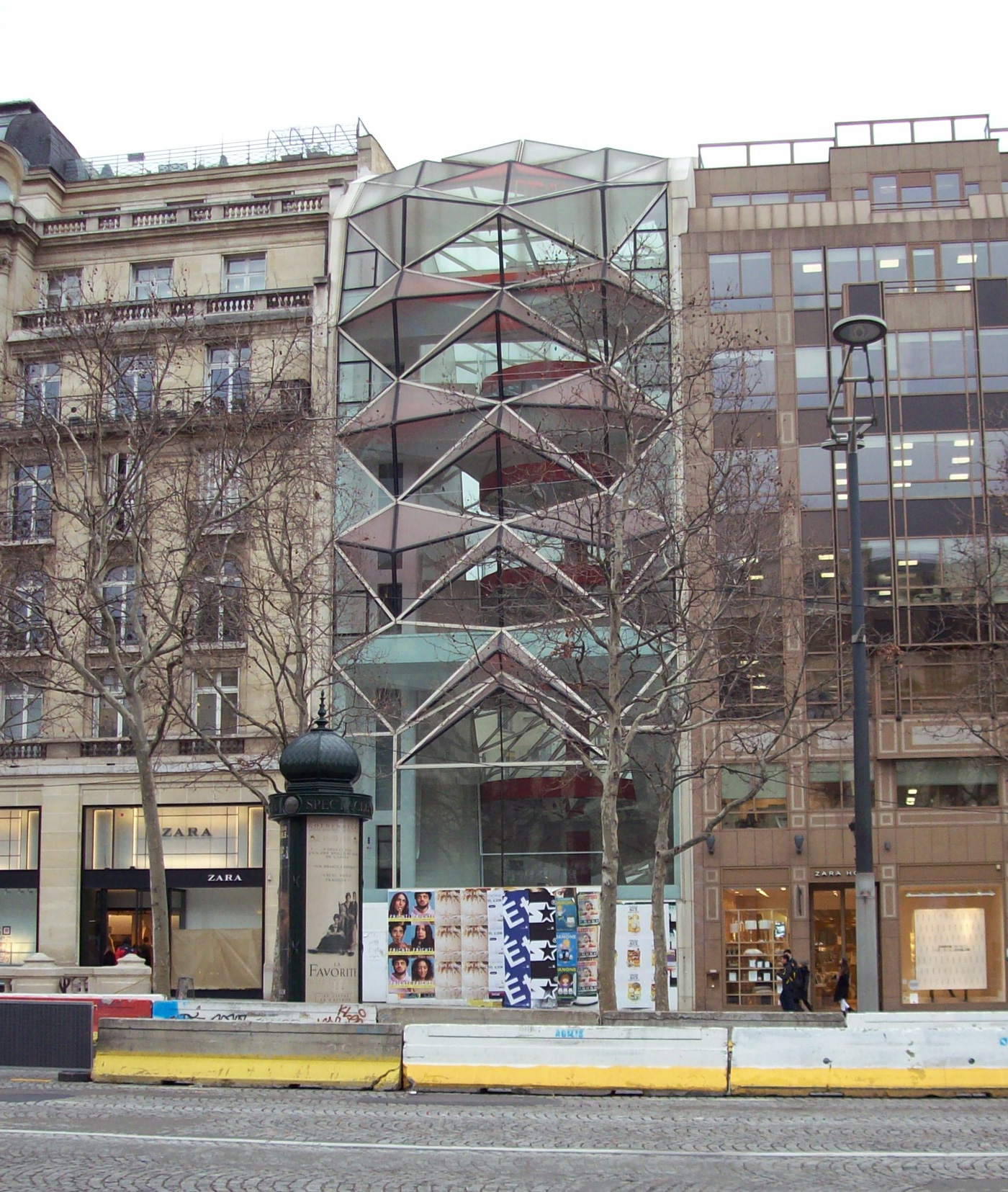
This was a Citroen showroom for decades. Eleven years ago when I visited Paris it was bustling. Apparently, Peugeot has closed it. I cannot imagine what they will do with the building as it is purpose built as a Citroen showroom.
Citroën was a marketing genius. He pioneered the “controlled leak” of new models, massive newspaper ads, test drives, and publicity, such as outfitting the Eiffel Tower with his name in lights, 250,000 of them, which could be seen all over Paris. He started a car insurance company with lower premiums for Citroën owners. He created a taxi service with his cars in 1921. He put road signs all over France with his logo on them. He staged the first automobile crossings of what was then the unexplored wilderness, the Croisiere Noir, Jaune, and Blanche – the first automotive crossings of Africa, Indochina, and the sub-Arctic.
He built a toy factory to build pedal cars and model cars for French children, and his goal was that their first 3 words would be “Maman, Papa, and Citroën .” He created a massive dealer and service network, and then published an owner’s manual and repair catalog to establish a fixed cost of a repair nationwide. Ultimately, he had plants in eleven foreign countries.
Early on, Citroën was also focused on providing employee benefits which was unheard of at that time. During WWI, the workers at the factory were mostly women, and he provided a support system that covered pregnancy, birth, and paid leave while nursing. His work was recognized in the government introduction of food rationing cards. This made him popular with employees and ensured a stable work force.
André Citroën died of stomach cancer in Paris in 1935. I visited his gravesite while attending Retromobile. It is located in the Cimitiere Montparnasse, just in back of the enormous Tour Montparnasse. The gravestone is extremely plain and simple. The funeral was led by the Chief Rabbi of Paris, and Citroën was laid to rest, “The Jew of Javel,” as the malevolent Louis Renault called him.
In 1976, to avoid a second bankruptcy, Peugeot acquired 90% of the Citroën capital from Michelin. Today, it is controlled by a board controlled by the Peugeot family. Prior to that, Citroën had acquired both Panhard and Maserati, certainly two of the greatest names in the history of the automobile. Panhard was closed down and Maserati passed to De Tomaso after the Arab oil crisis put paid to the market for high speed grand touring cars such as the Citroën Maserati, aka the SM.
Today there are Citroën clubs all over the world, 200 in France alone, and one here in the San Francisco area too. Every 4 years, there is an ICCR meeting (International Citroën Car Club Rally), which typically has thousands of cars. It will be held August 5-9, 2020 in the Polish city of Torun.
The last D series car was sold in the U.S. in 1972, and the last SM somewhere around 1974. As a result, most Americans would not be familiar with the Double Chevrons. However, we can now import cars that are over 25 years old, so all is not lost. When I was at Retromobile, I got to spend a day blasting around the villages of Vexin in a Citroën CX, which is now number one priority on my “must have” list, the CX being, in some eyes, the last “real” Citroën.
I encourage you to do a search on the history of Citroën , which is much more than I can cover here. I think you will be surprised and amazed. Below is a brief taste of the wonderful world of Citroën, including production cars, rally cars and prototypes.
Historic Citroën production and record cars
Citroën Rally Cars
Citroën Concept Cars
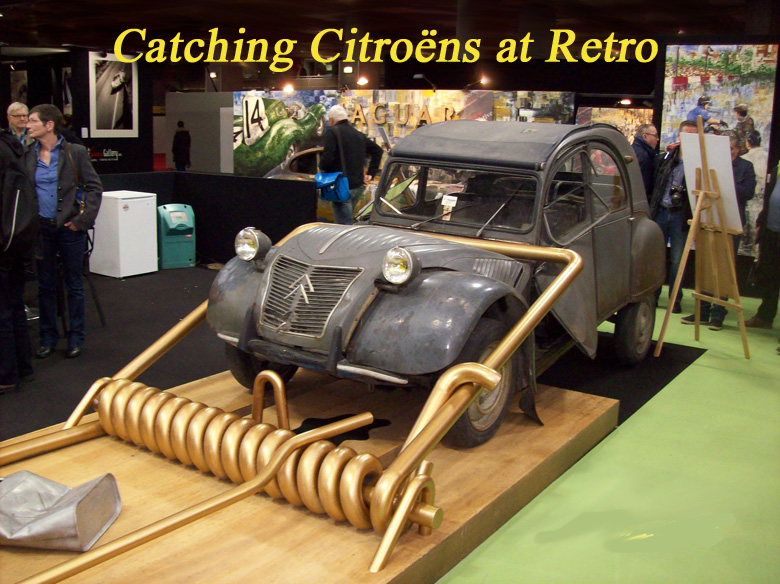
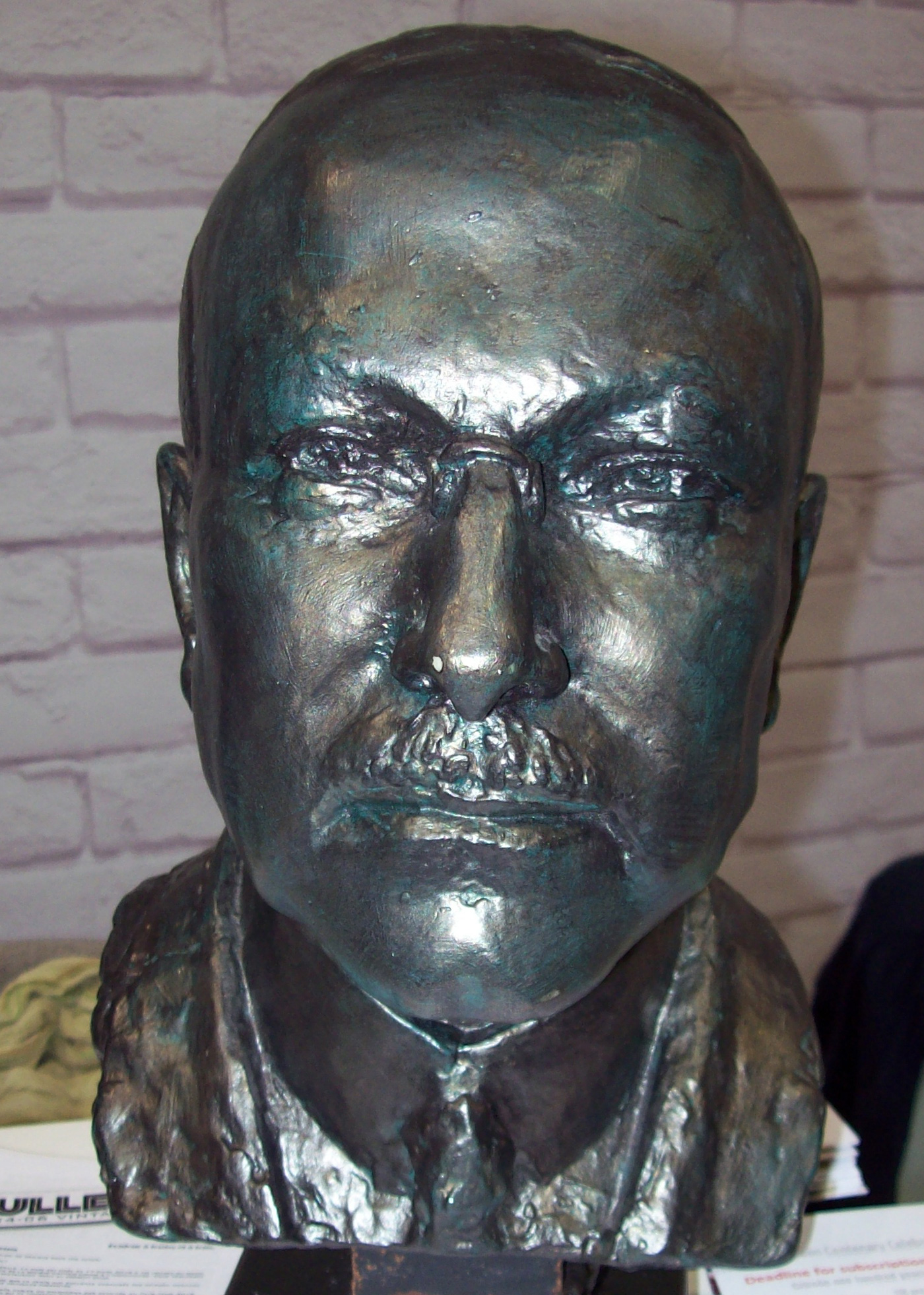
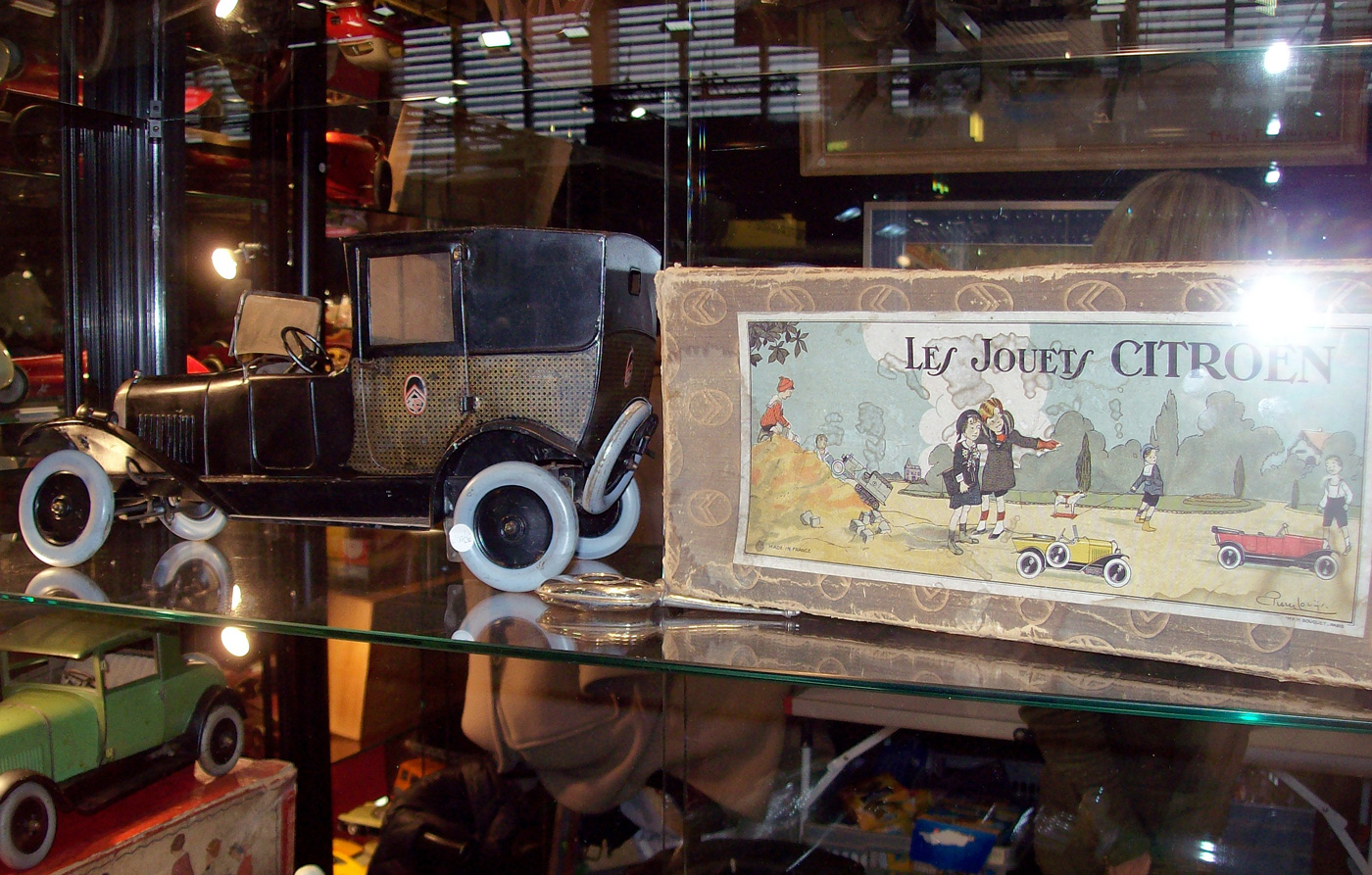
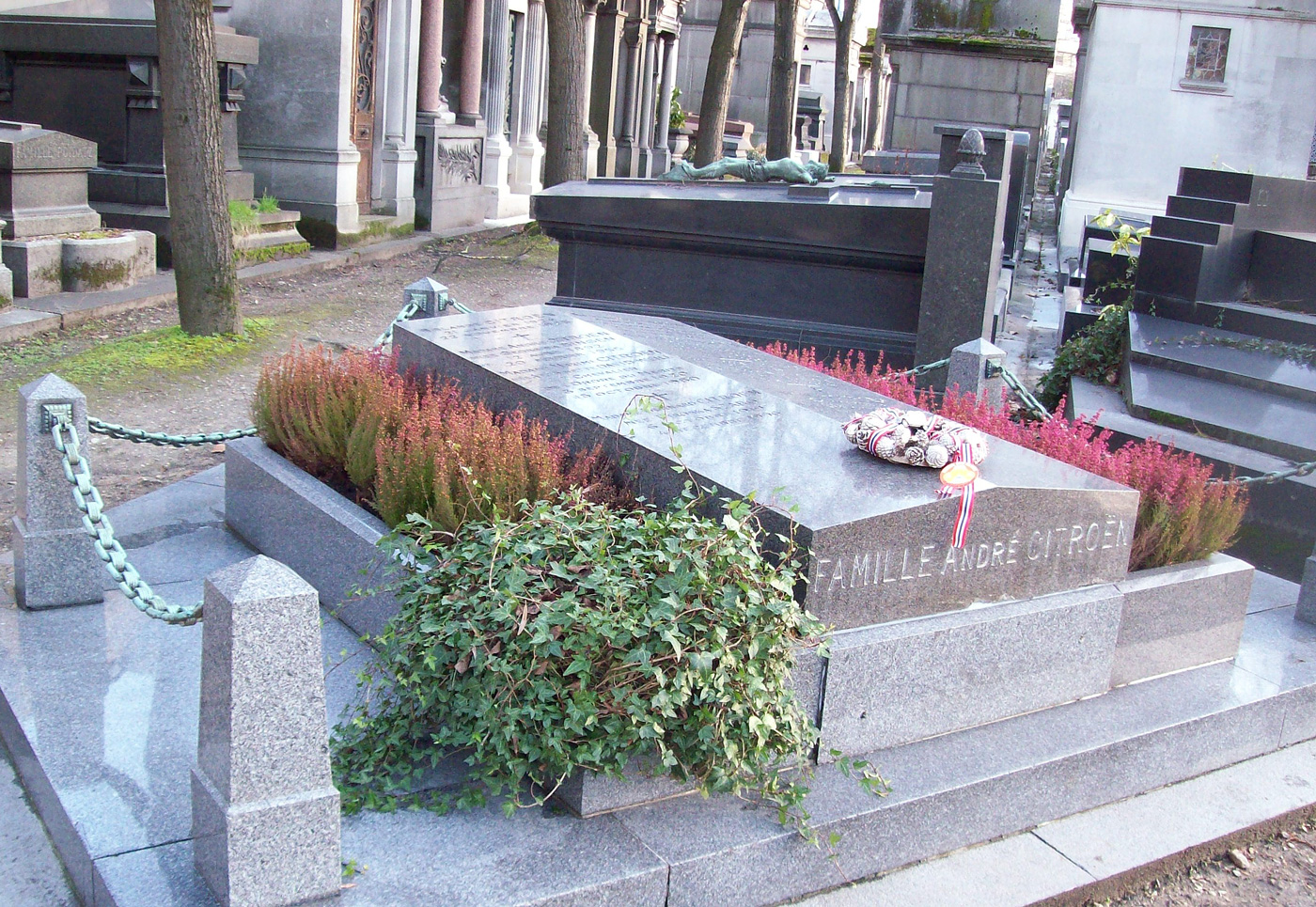
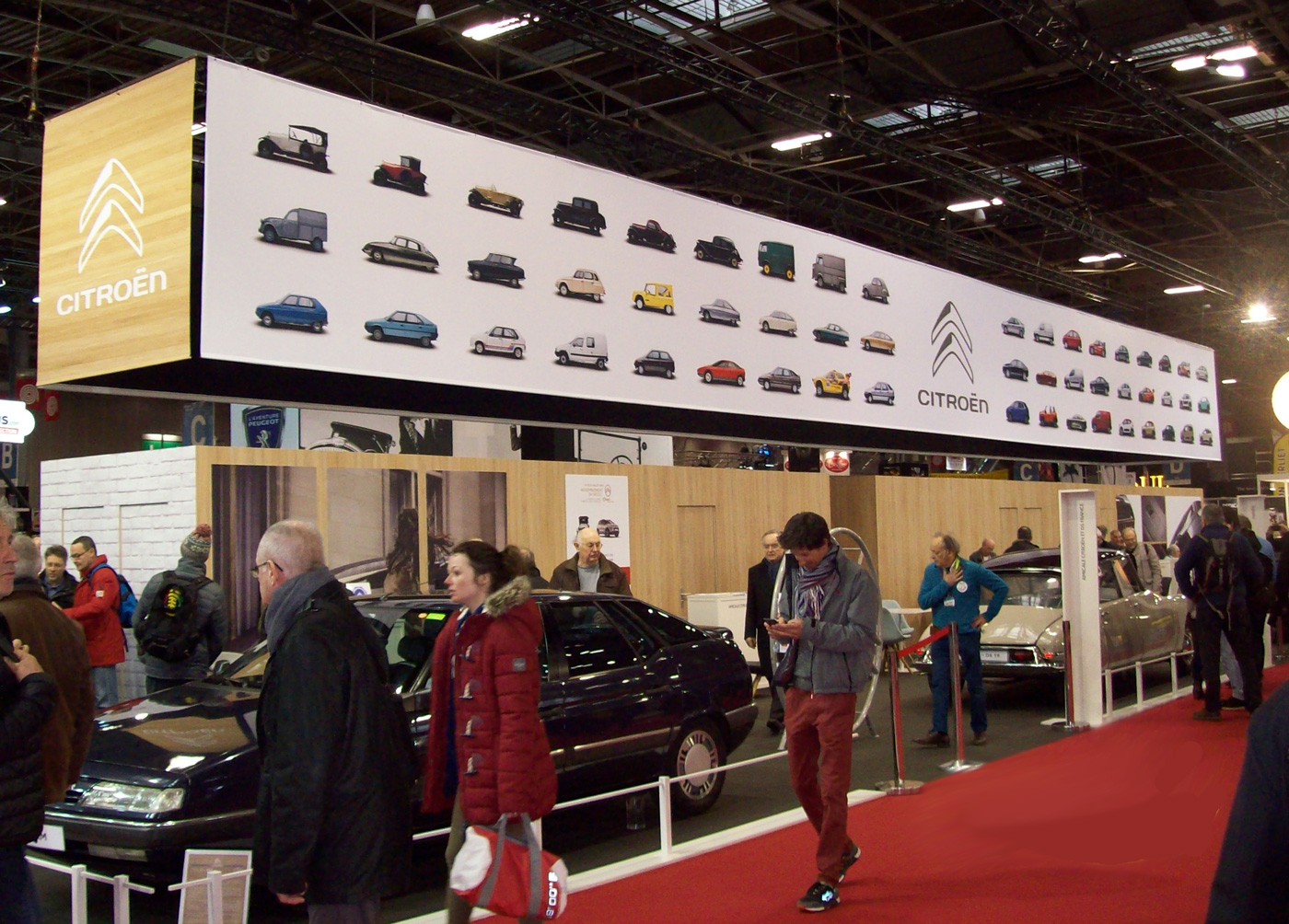
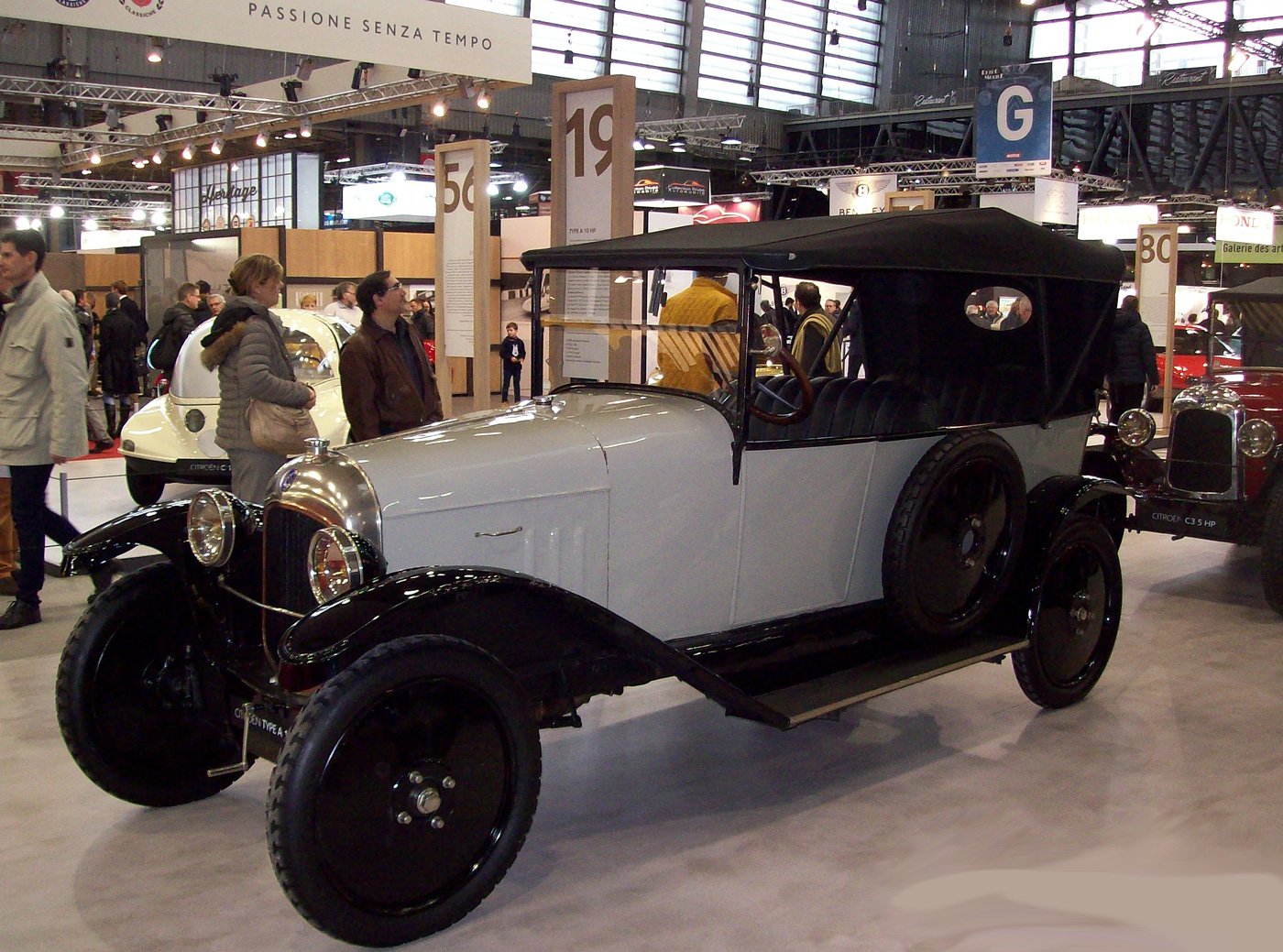
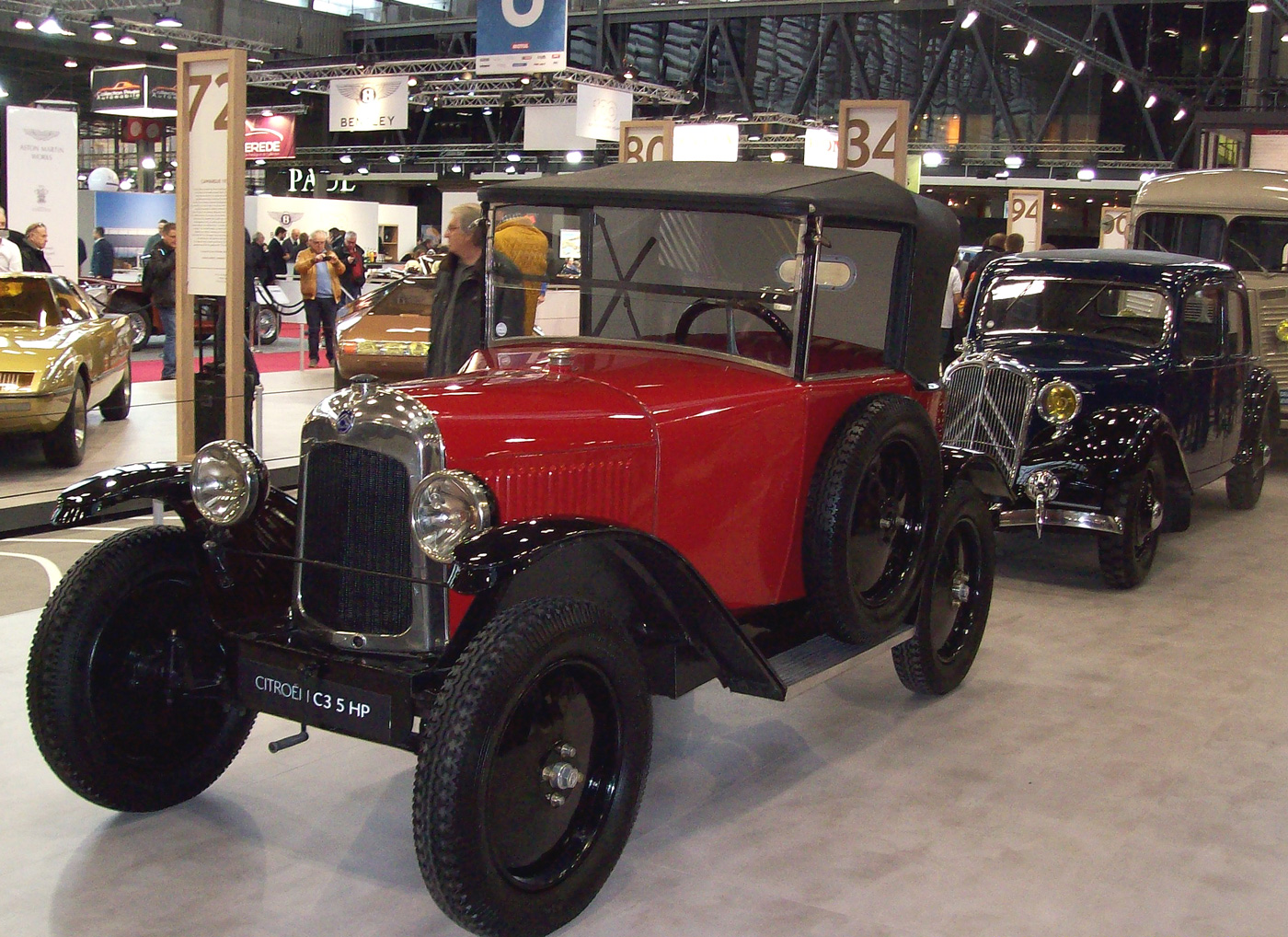
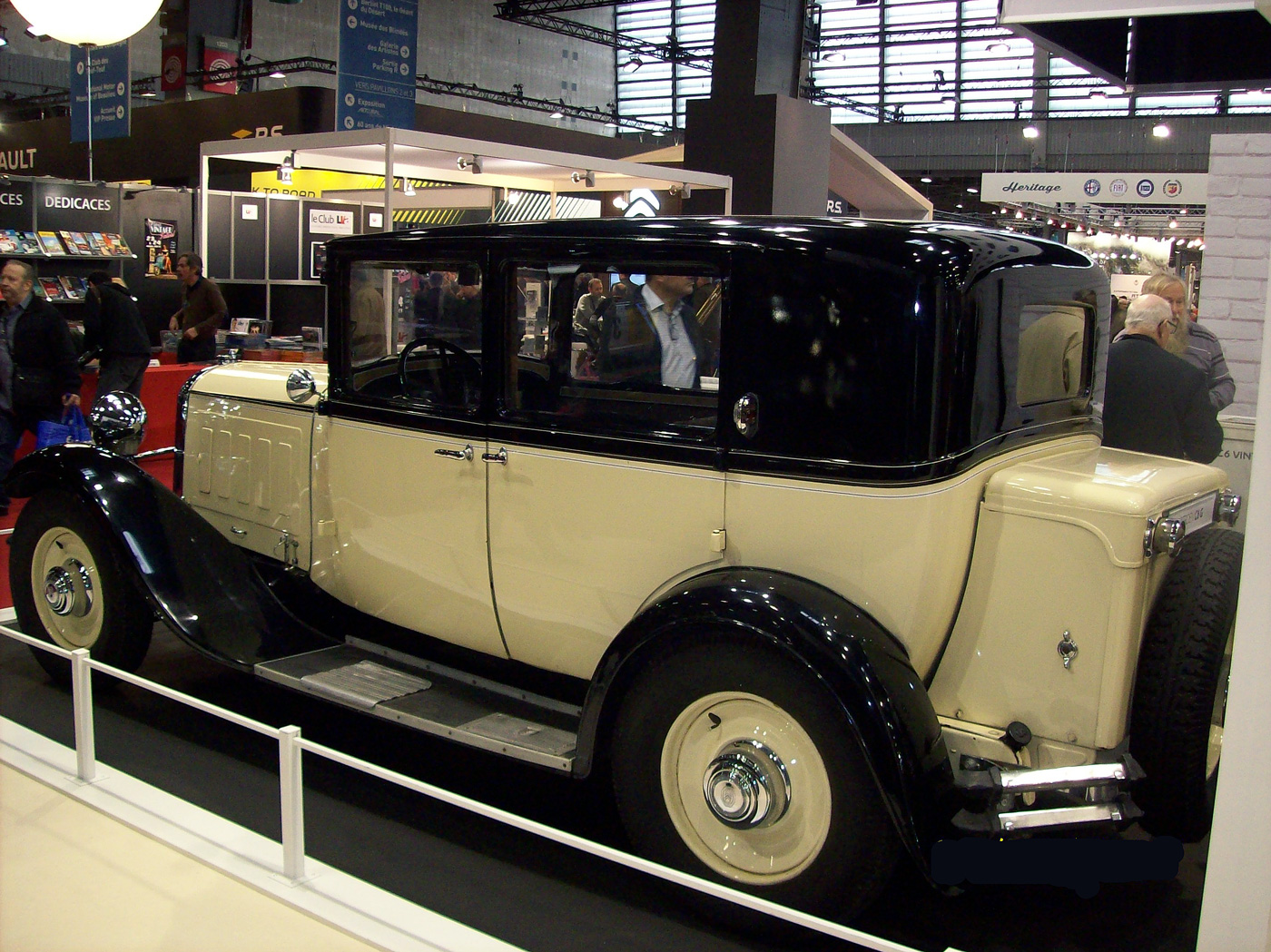
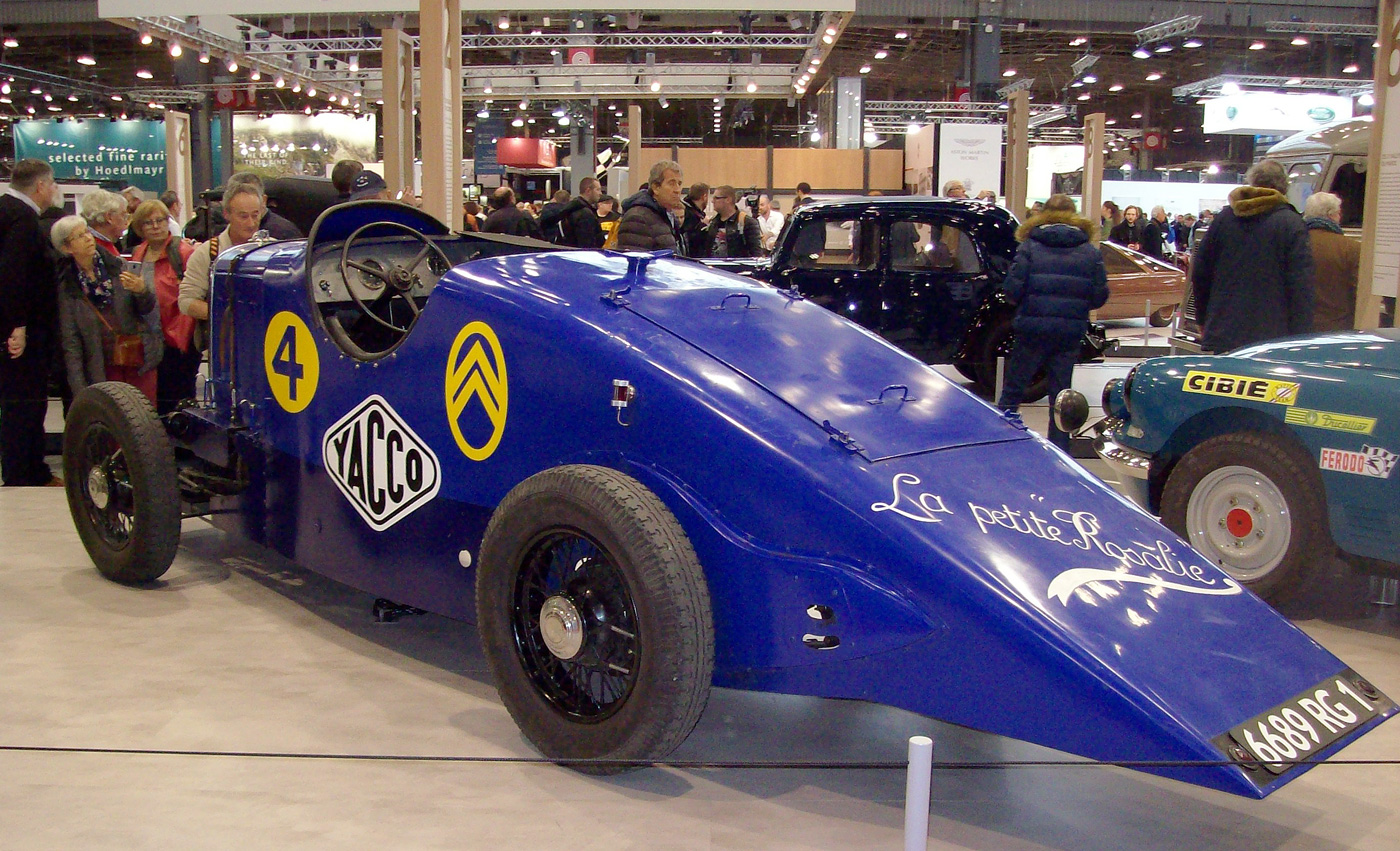
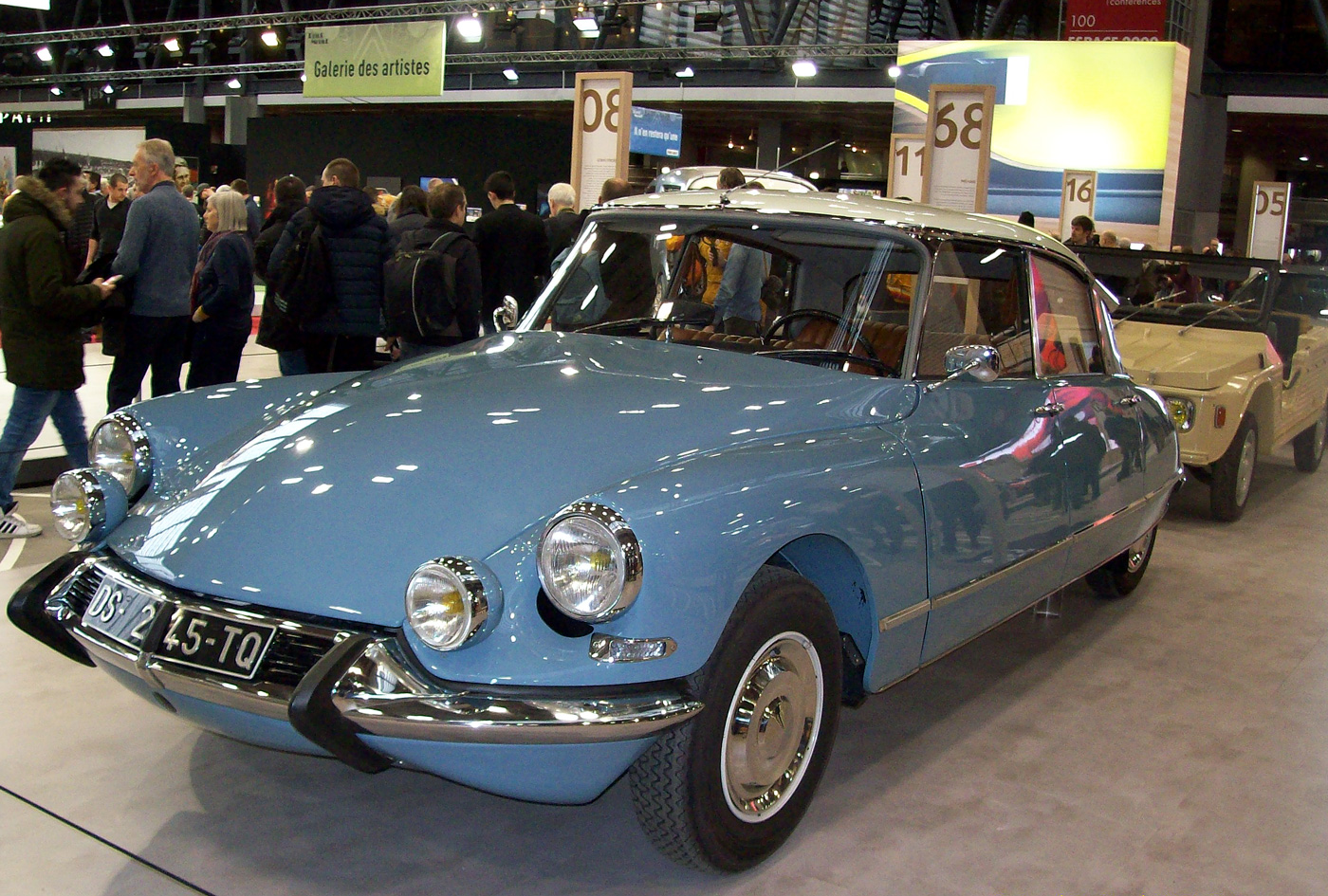
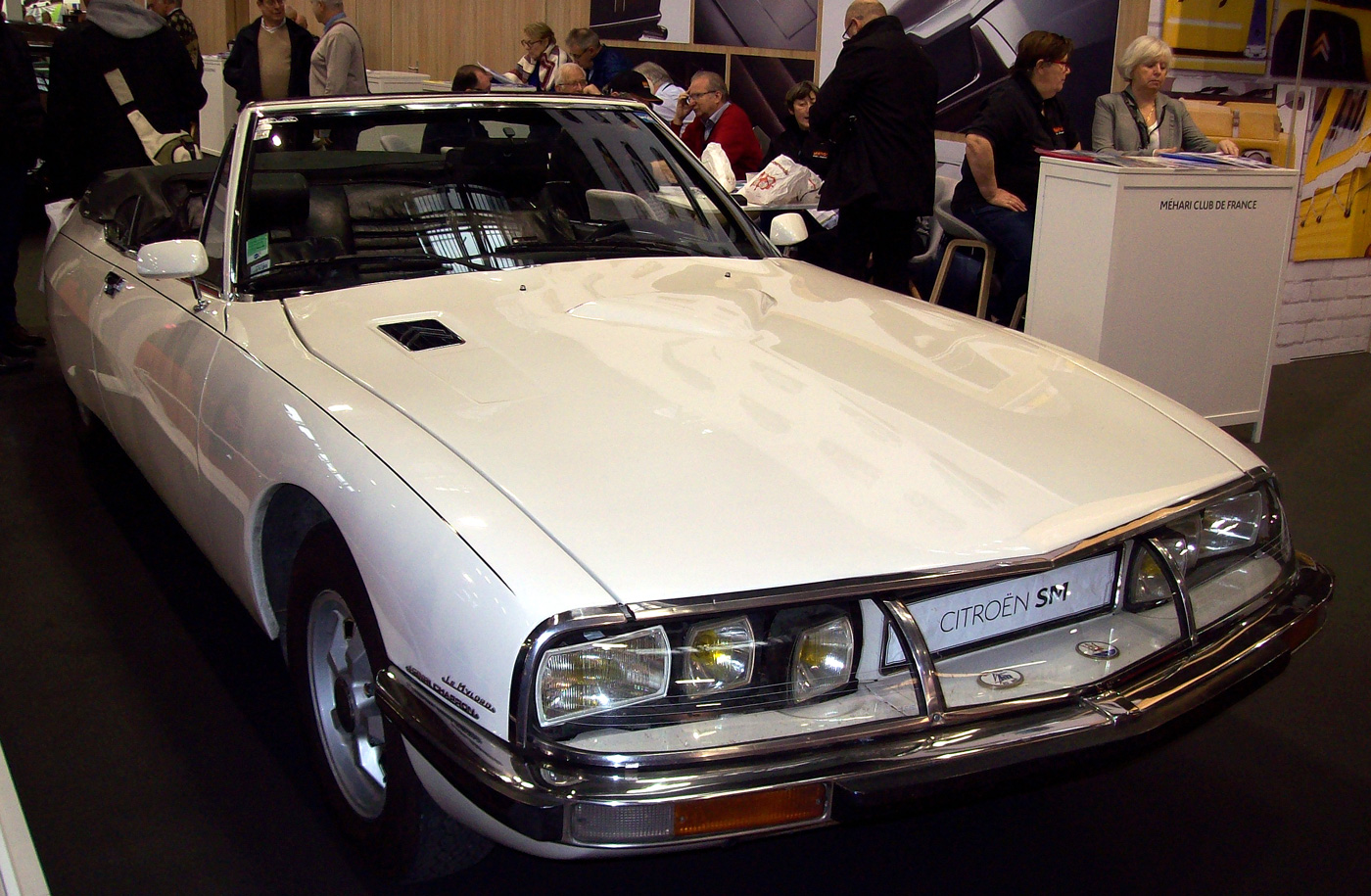
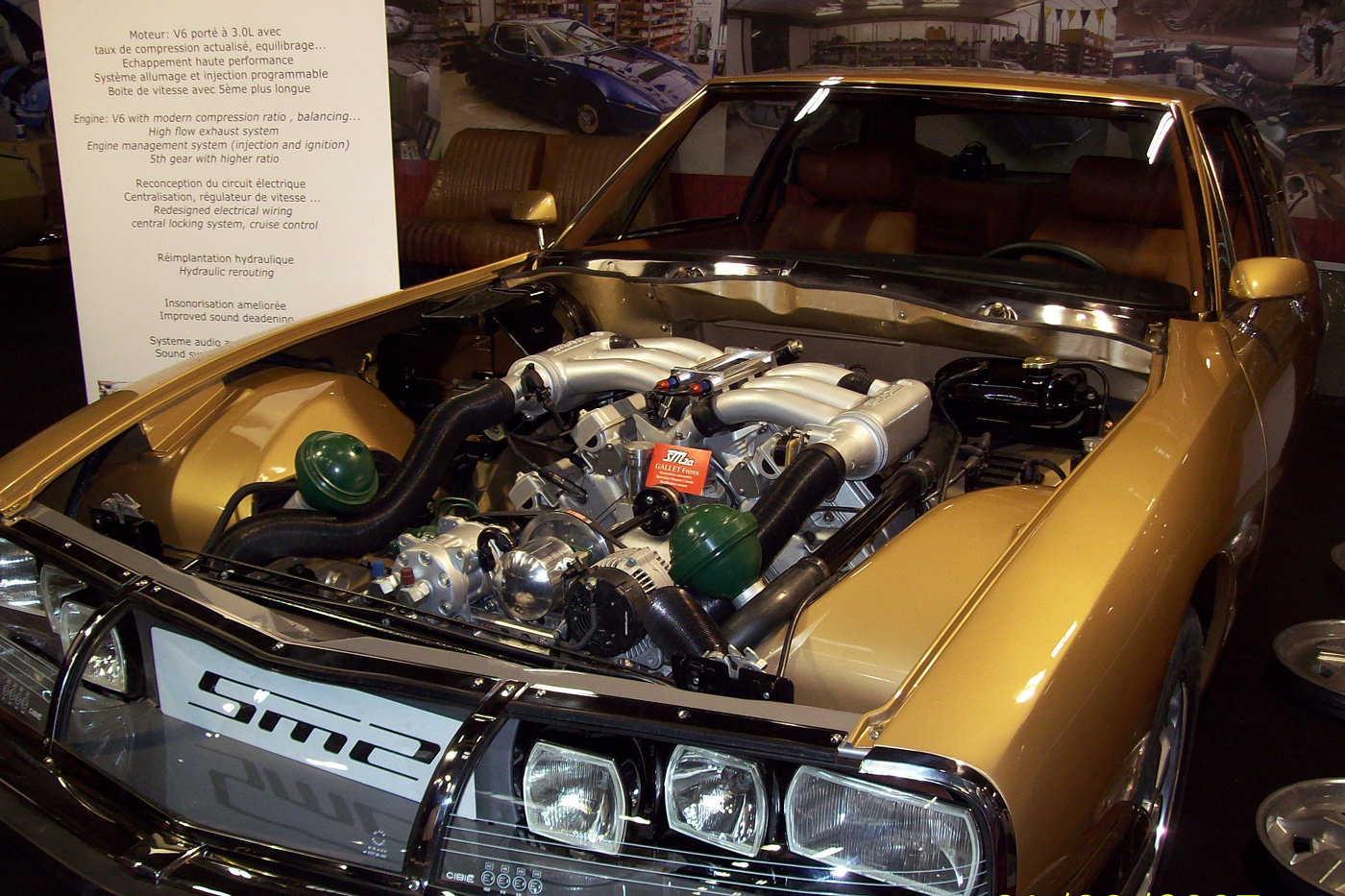
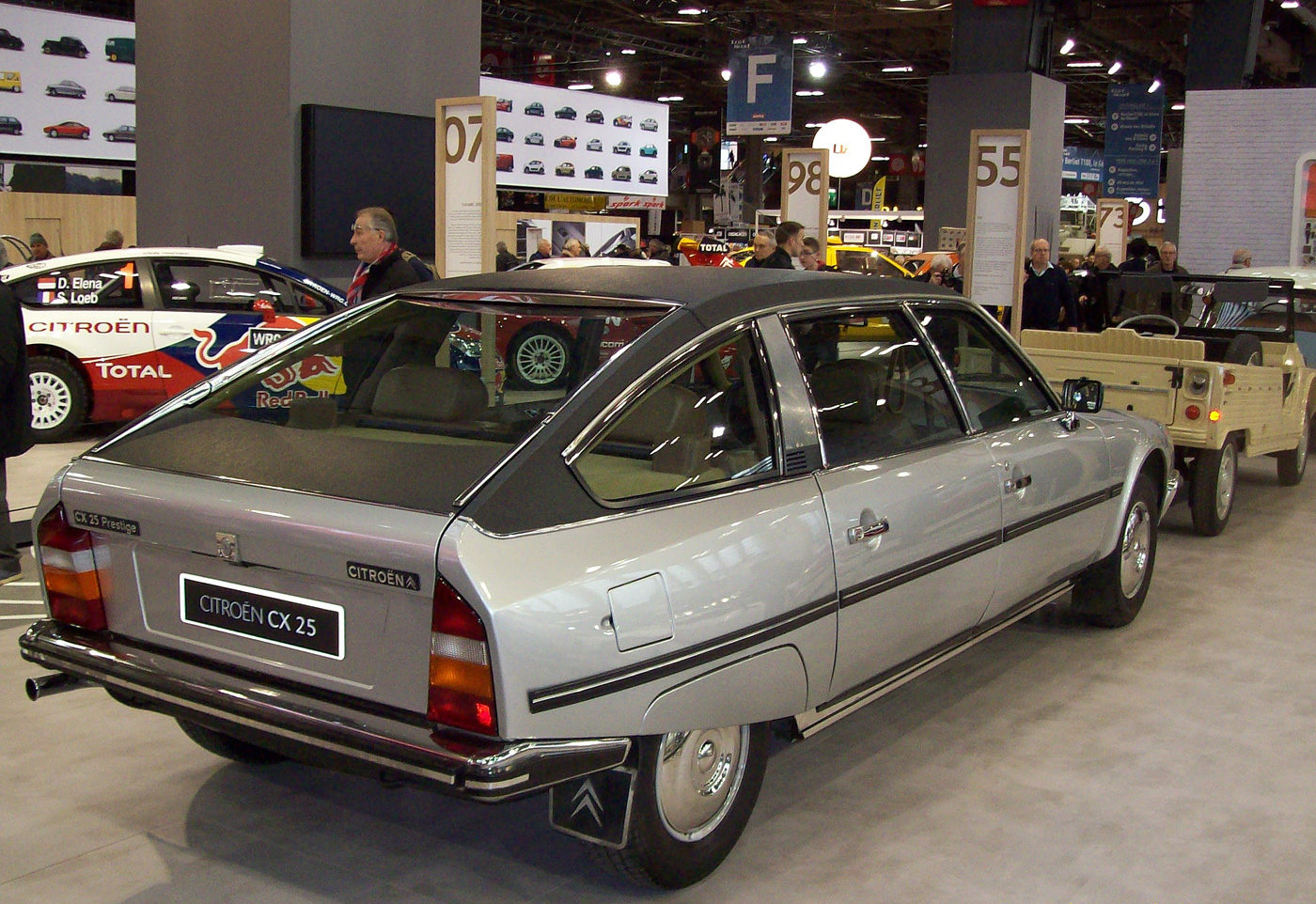
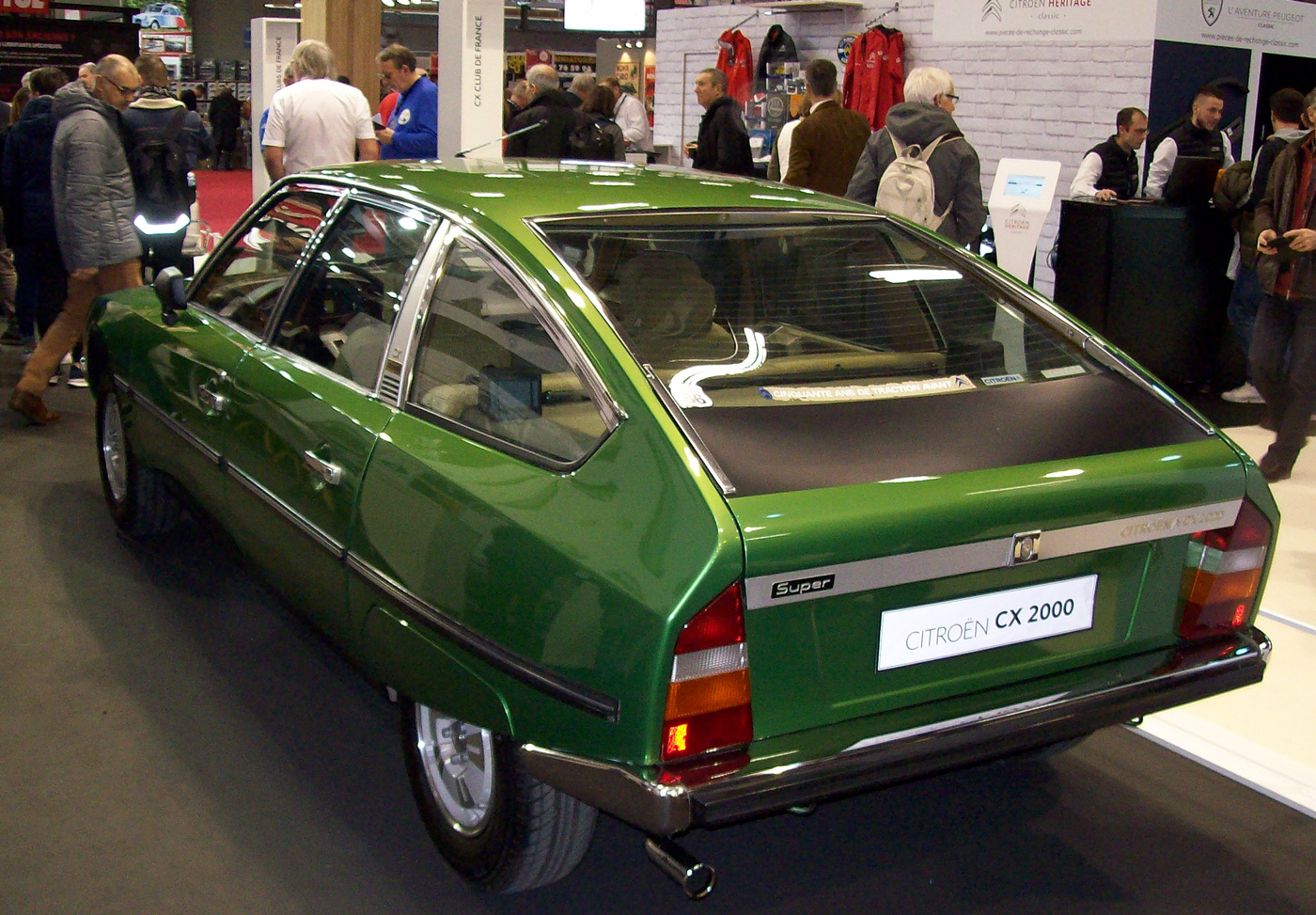

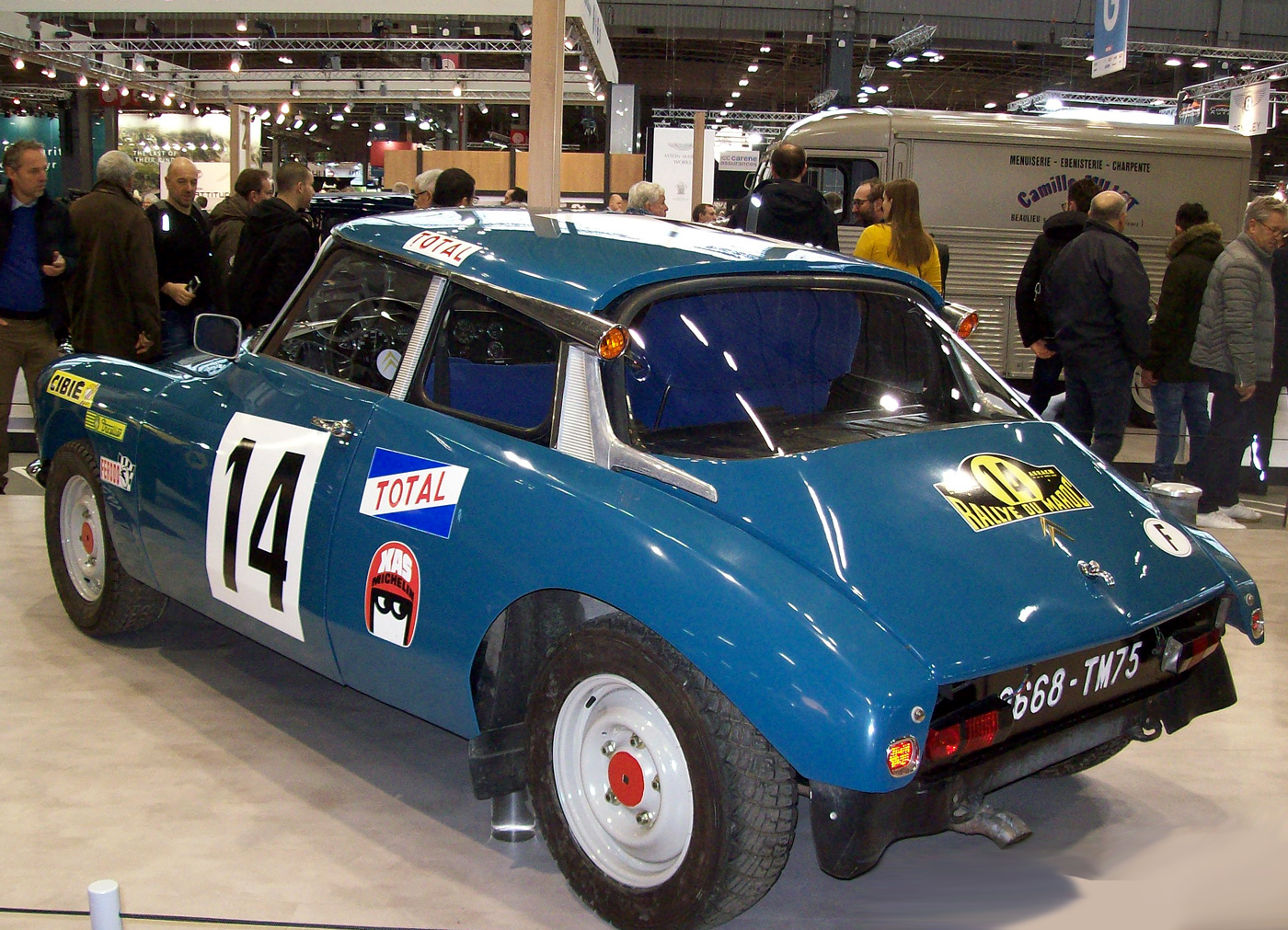
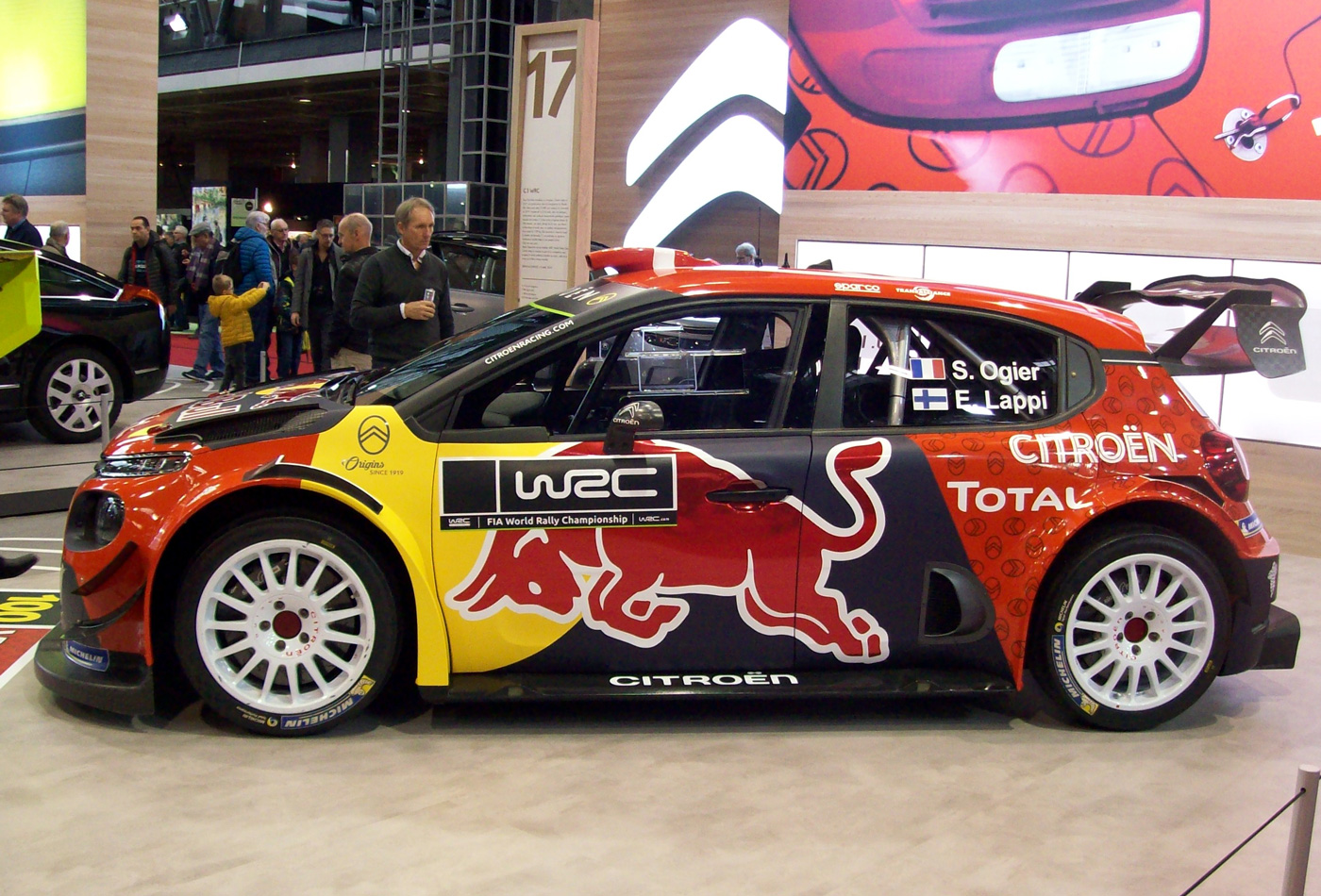
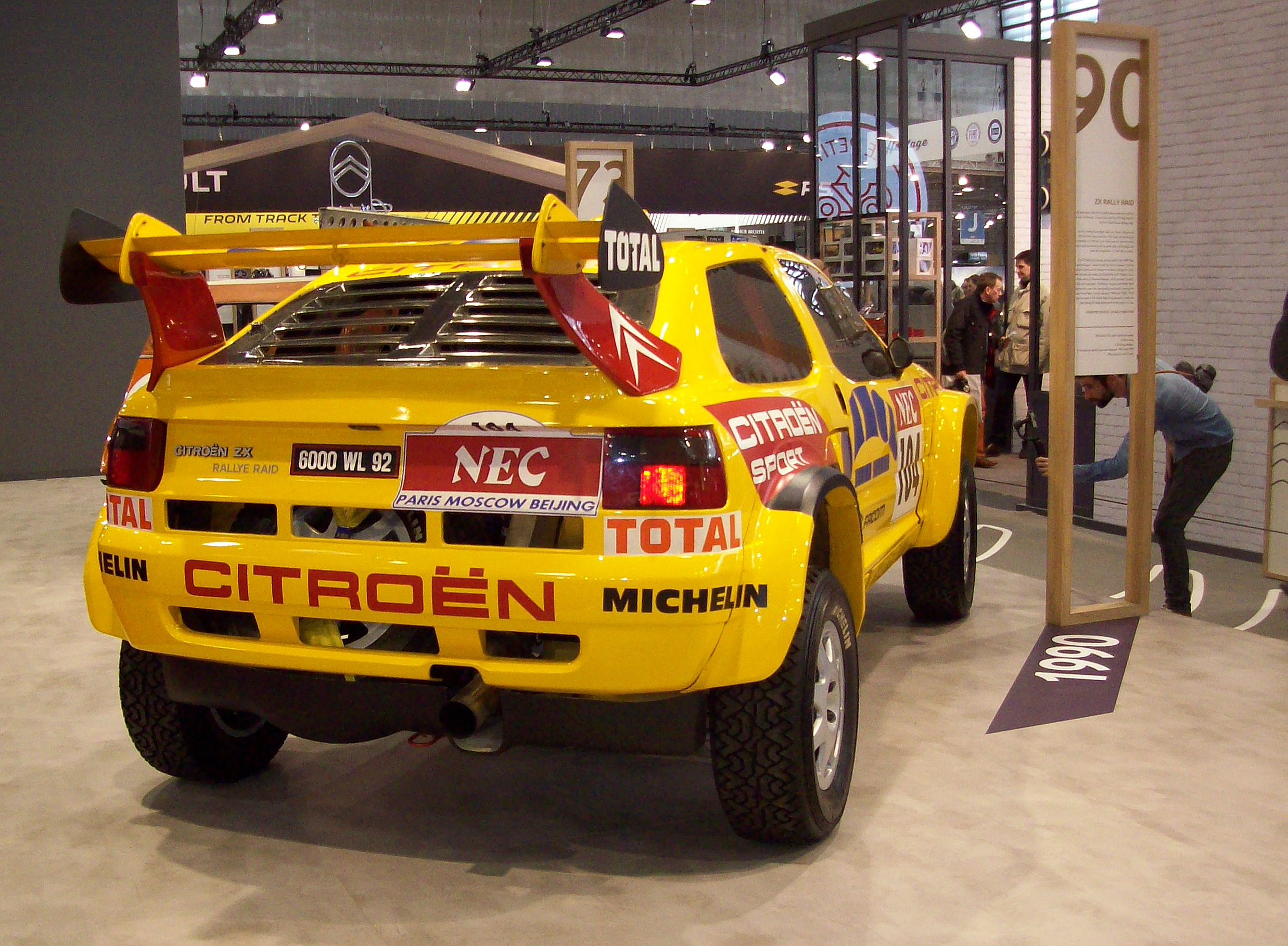
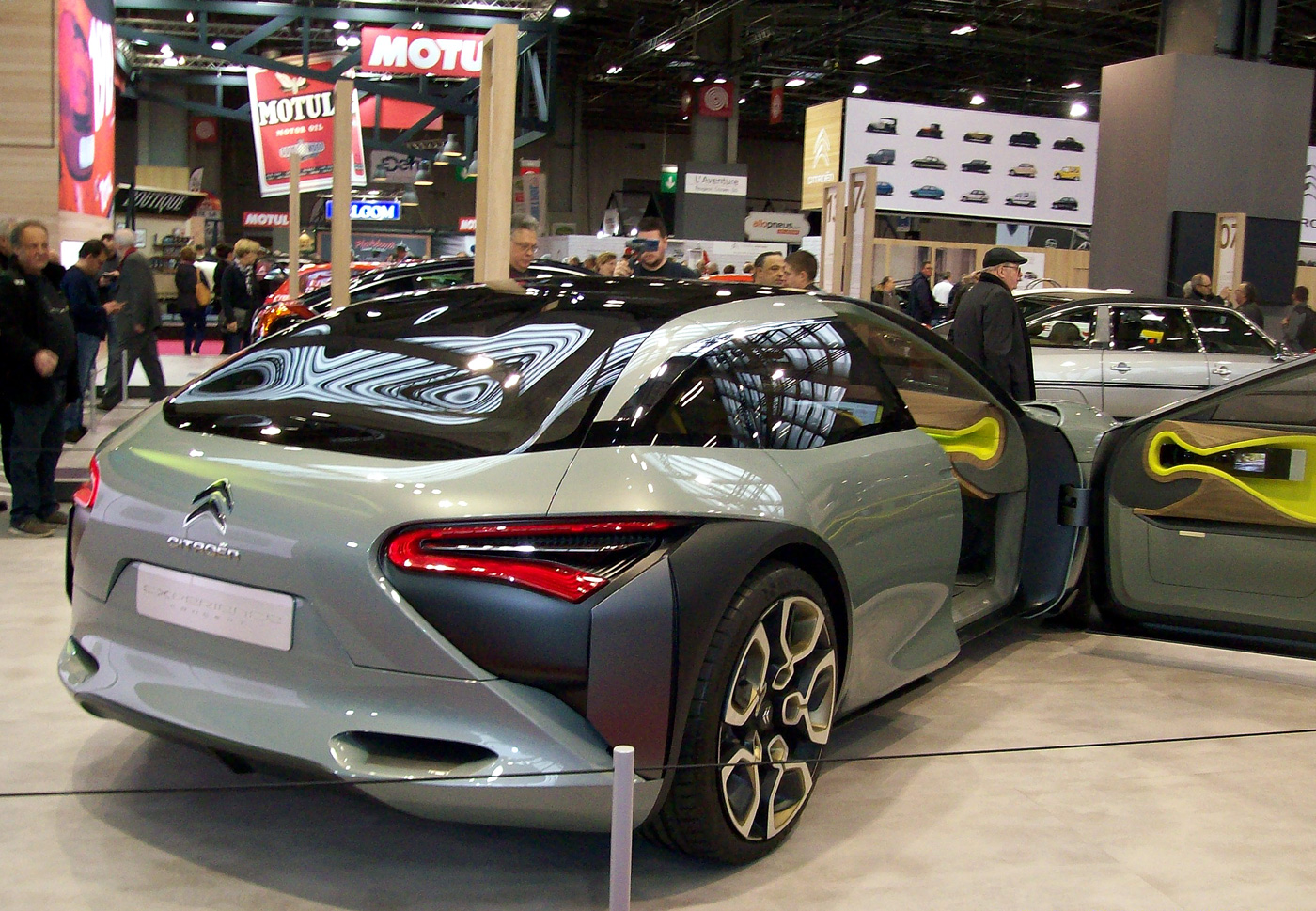
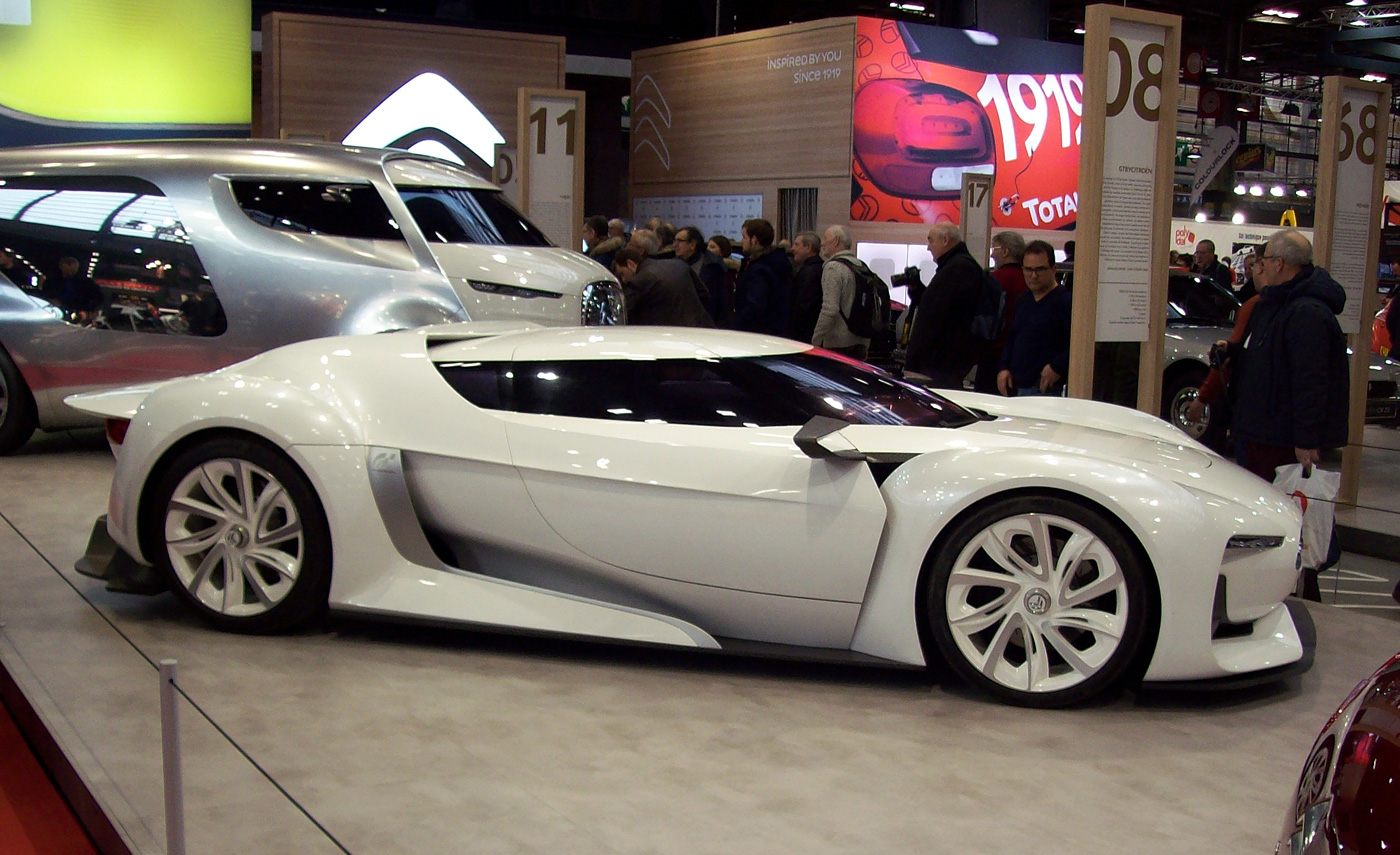
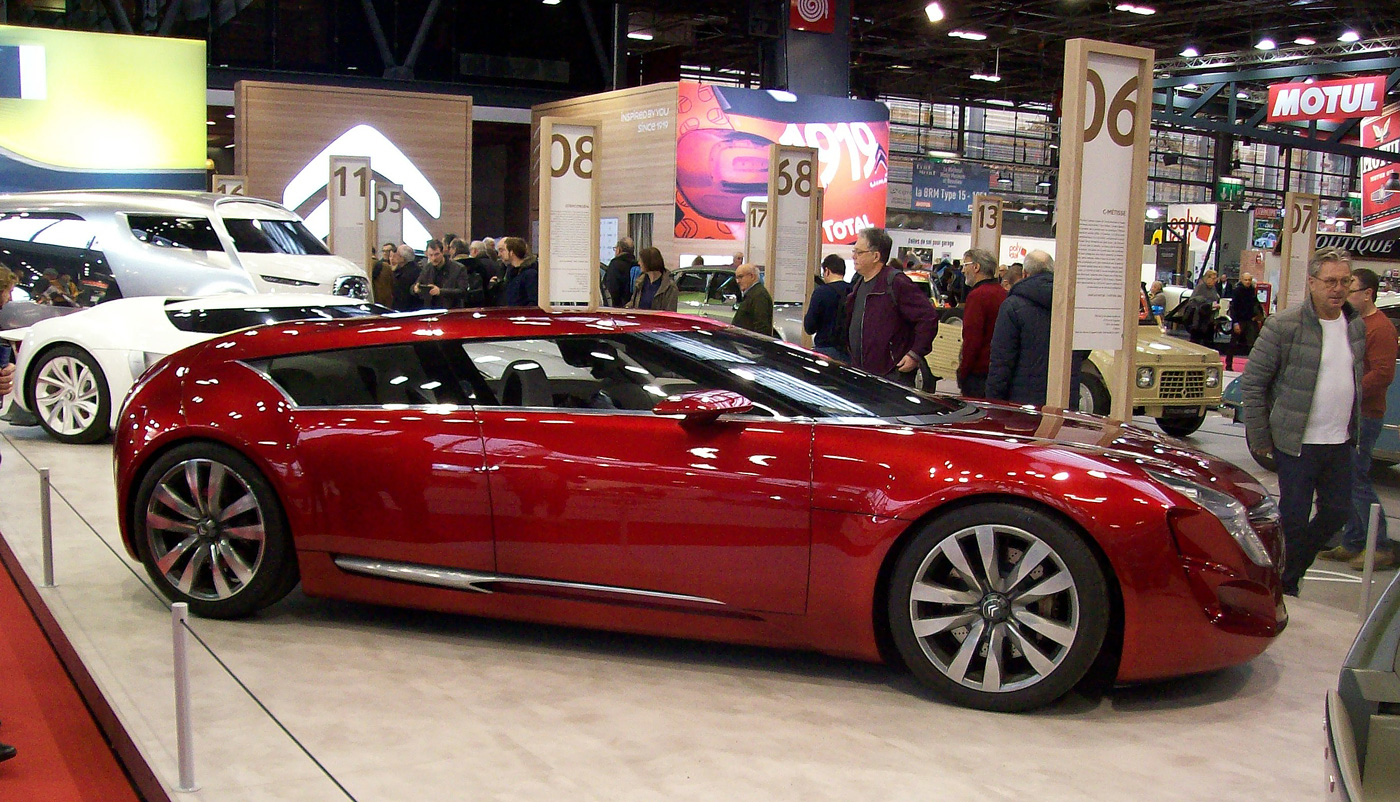
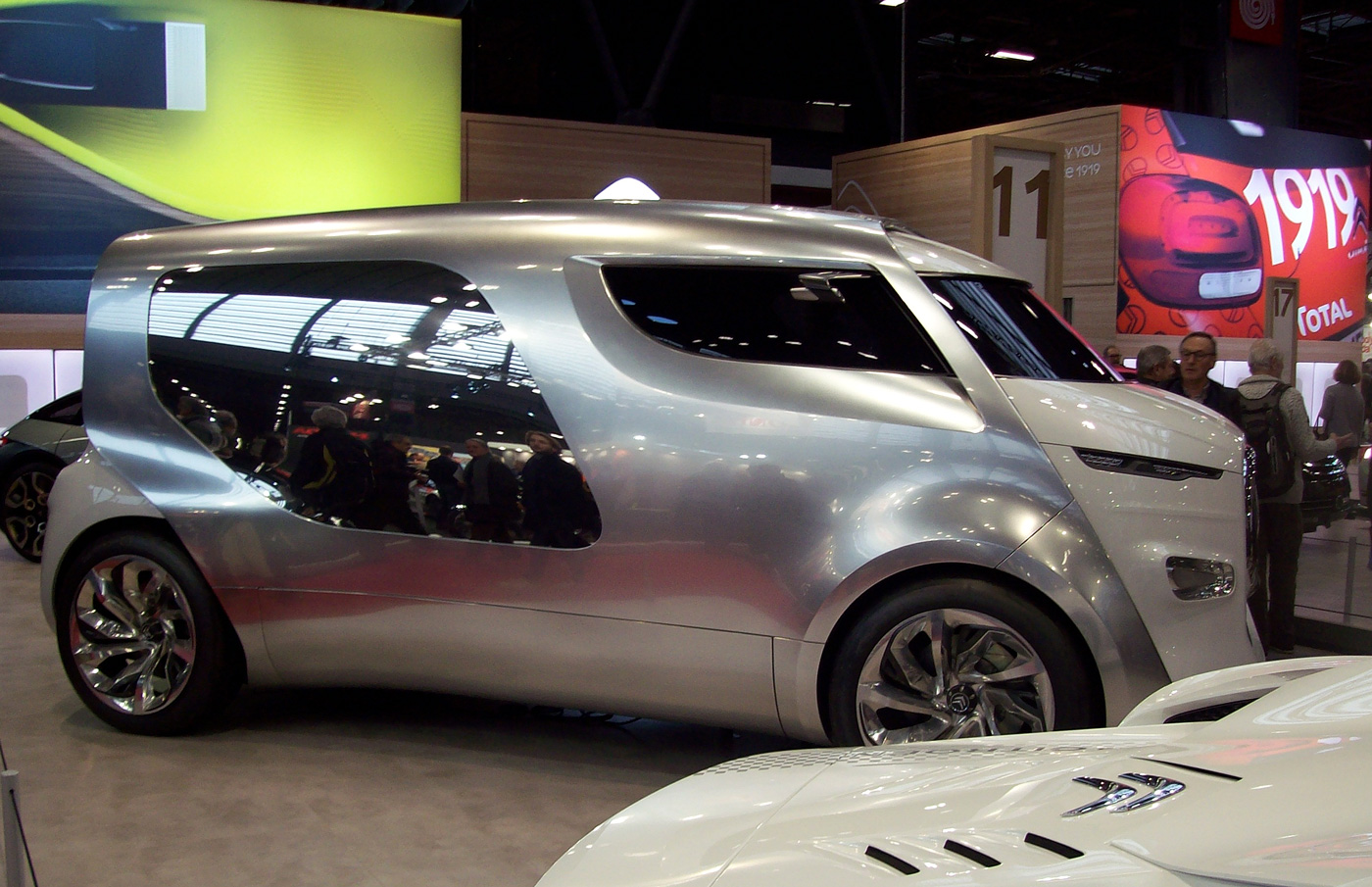
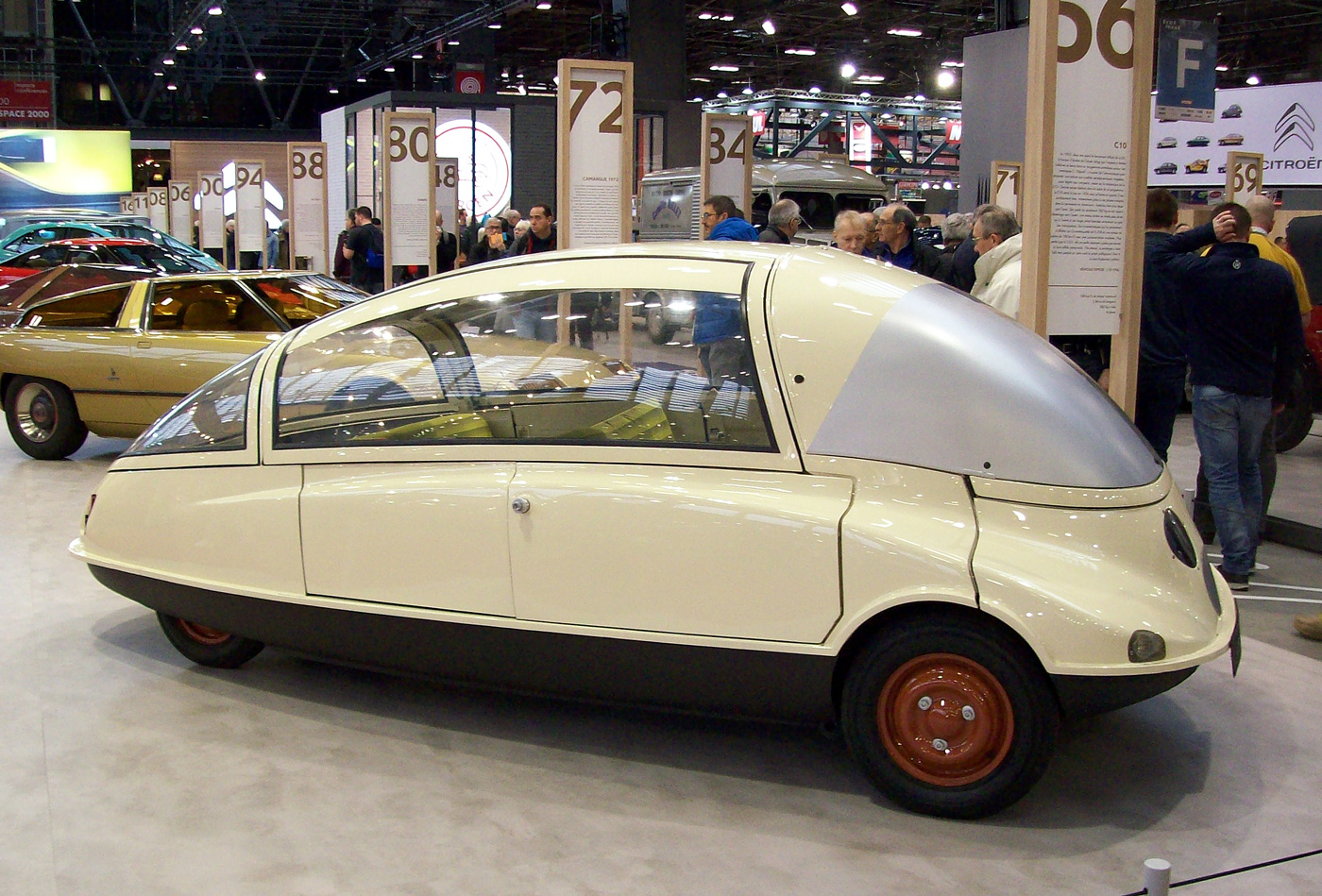
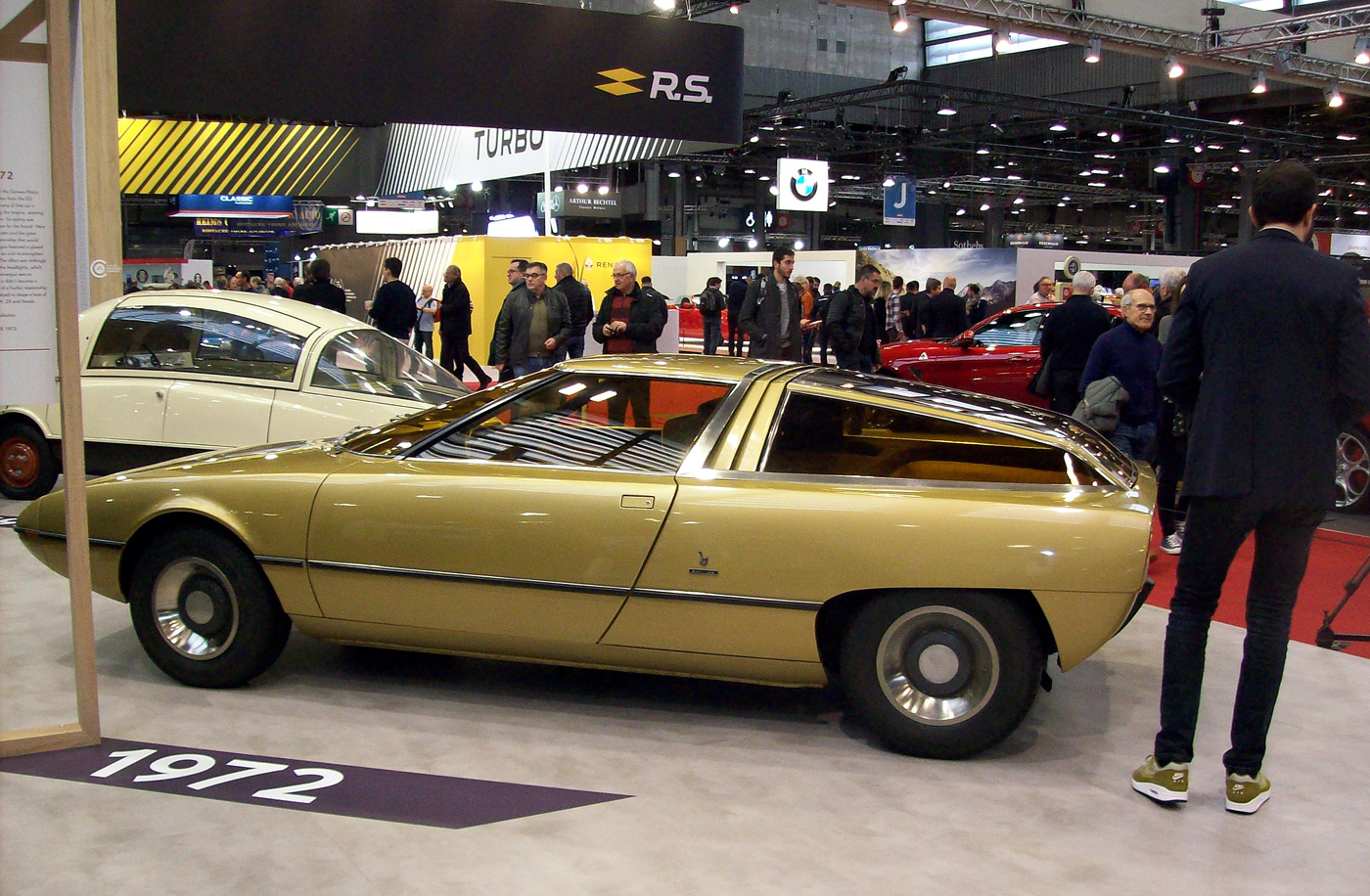
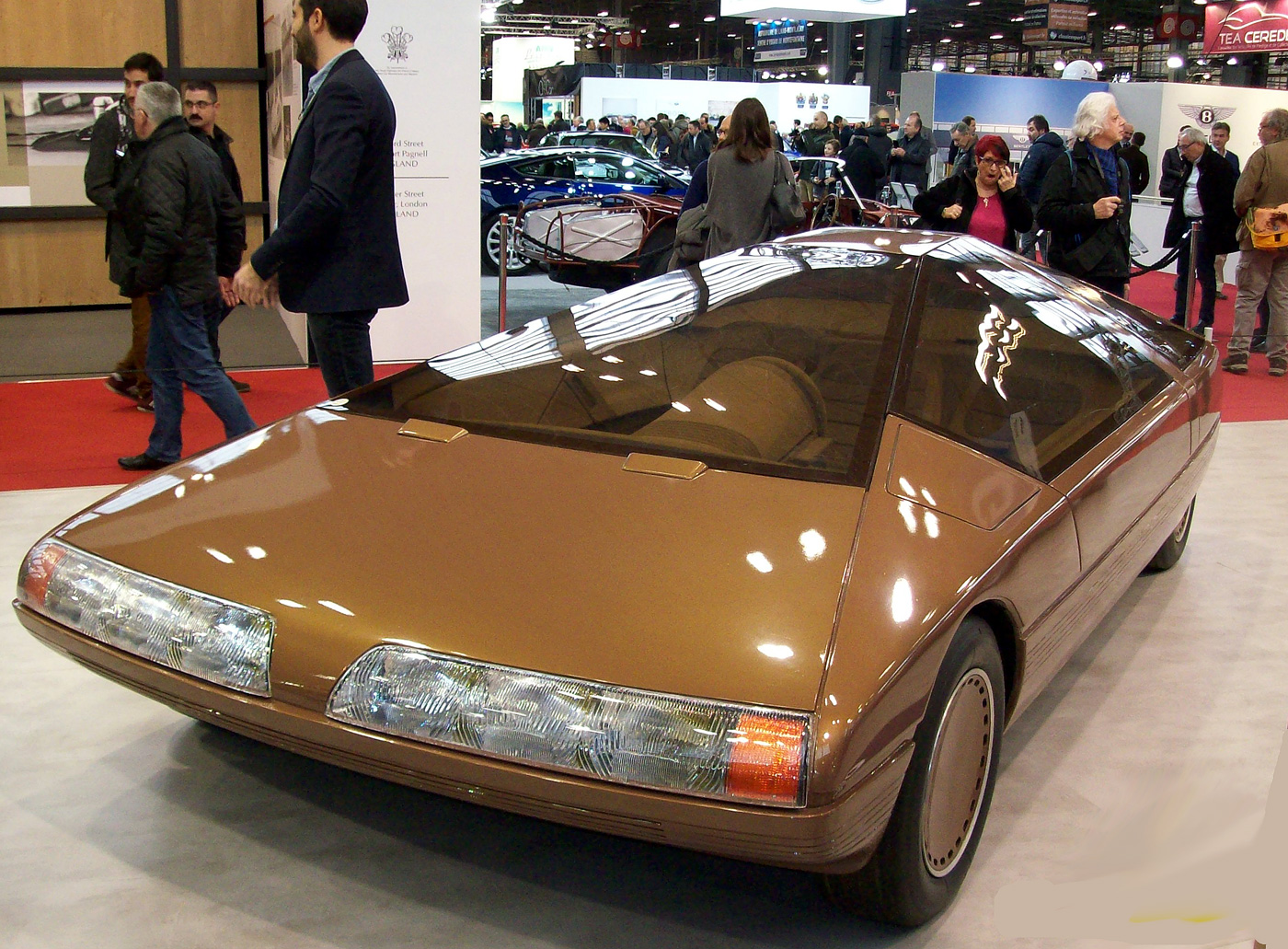
250000km in 10 days for the Rosalie: c’est impossible !
2 mistakes in cars’ identifications:
* 1st picture (the grey car) is not a Type C but a 10 HP Type A (1919).
* 3rd picture is not a B 14 (1926/1928) but a “Rosalie” 10 HP (1932/1938)
Thanks Daniel and we made the corrections…
Some errors on spelling
Cimetiere Montparnasse ( not cimitiere)
Croisiere Noire (not Noir)
I visited the well designed Citroen showroom in 1998 and they had a beautiful Traction Avant with yellow Pilote wheels.
During WW2 my father had a traction avant in Beirut and nobody could supply new tires but he managed to get some from the French authorities after medically treating and healing an important person. He managed to keep the car until
1957 or so when the car suffered a broken second gear syncro, the gearbox being its Achilles heel!
Here in Australia….one person in particular….a resourceful engineer Jack Weaver invented, manufactured and sold [ rather than marketed ] a reinforcing plate known as a Weaver plate which strengthened the otherwise excellent gearbox and gave a renewed and extended life to the box itself.
Half of the US thinks the DS is an ugly warthog or bug. My half knows and appreciates excellent engineering.
JFJ
Wonderfully informative article! It made me smile throughout, remembering the history.